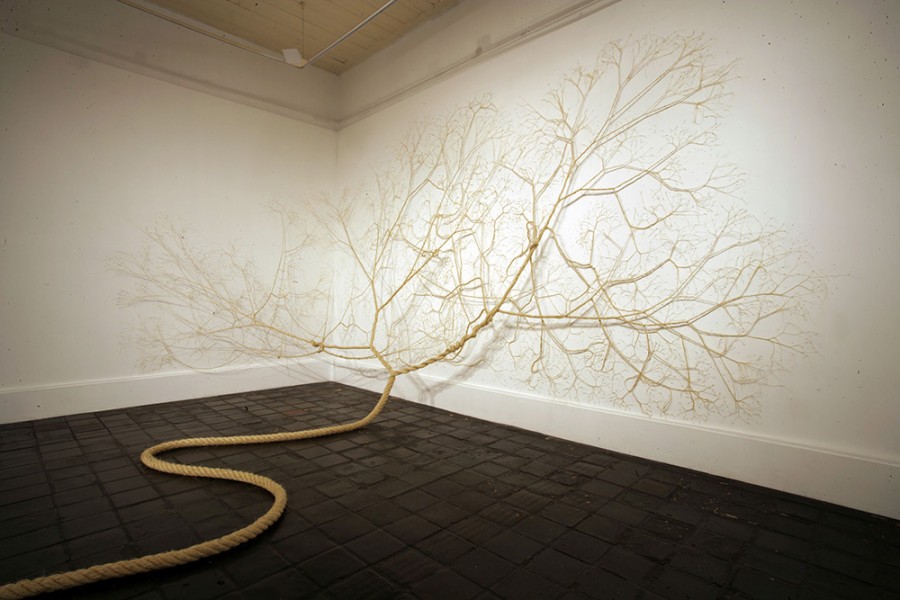
But like Janaina Mello and Daniel Landini art, the roots twist up and join something much larger, stronger, and visible to our naked eyes.
We think a lot about the top parts of our plants. Like the iceberg, we notice and think about the visible part, while the rest remains safely out of sight and out of mind. Roots anchor the plant into soil, secrete compounds into the soil to protect the plant from harmful organisms (and attract beneficial ones), and they are the literal lifeline of the plants. Roots slurp up nutrients both efficiently and quietly until they are injured, diseased, or run out of nutrients to gobble up.
Then we notice them through the malnourished and ill look of the leaves, stems, and fruit of our labour.
Root health is the key to improving your yield, whether you are aiming for food or flowers. They bring up nutrients with the water, work with helpful and harmful fungus, and dance with an astoundingly large variety of microbiota.
But I’m getting ahead of myself here. It helps to know the structure of a root to understand what makes it healthy. Slides from Brisa Culverwell, Texas A&M University, illustrate the various parts of the root beautifully. The inner most layer is where nutrient-laddened water is drawn up to the rest of the plant. Surrounding that is the cortex. The cortex acts as a spongy barrier, a storage facility for nutrients, and a flow through zone for enzymes, nutrients, water, and secretions. The epidermis acts as more of a tough skin layer for the plant, which can protect it from harm. And, finally, the hairs are what secrete things from the plant as well as absorb water and nutrients .

The mysterious root structure.
Two things are needed to keep roots happy.
With as complicated as roots are, you’d think that the care of them would be more complex. It isn’t. All you need to remember are the following two things:
- Deep healthy soil
- Adequate nutrients and moisture.
As always, each plant has different for soil depth and density. You should always look at the package to see how far apart to plant the seeds, how deep their roots go, along with any other special considerations for the plant.
You wouldn’t want to plant a cactus in dense, clay-rich soil that holds onto moisture entirely too much for the plant’s liking!
The nutrients, on the other hand, are a different beast entirely. Many a gardener has been duped into spending more money on fertiliser than they need in hopes to achieve the biggest, most gorgeous fruits of their labour.
The secret? It’s composting. With a healthy, well balanced compost you can achieve nearly any gardening dream you want as long as it’s on a small enough scale. You won’t feed a small nation, but you can definitely feed a family of hungry people with just a little compost mixed in a couple times a year.
Bibliography

